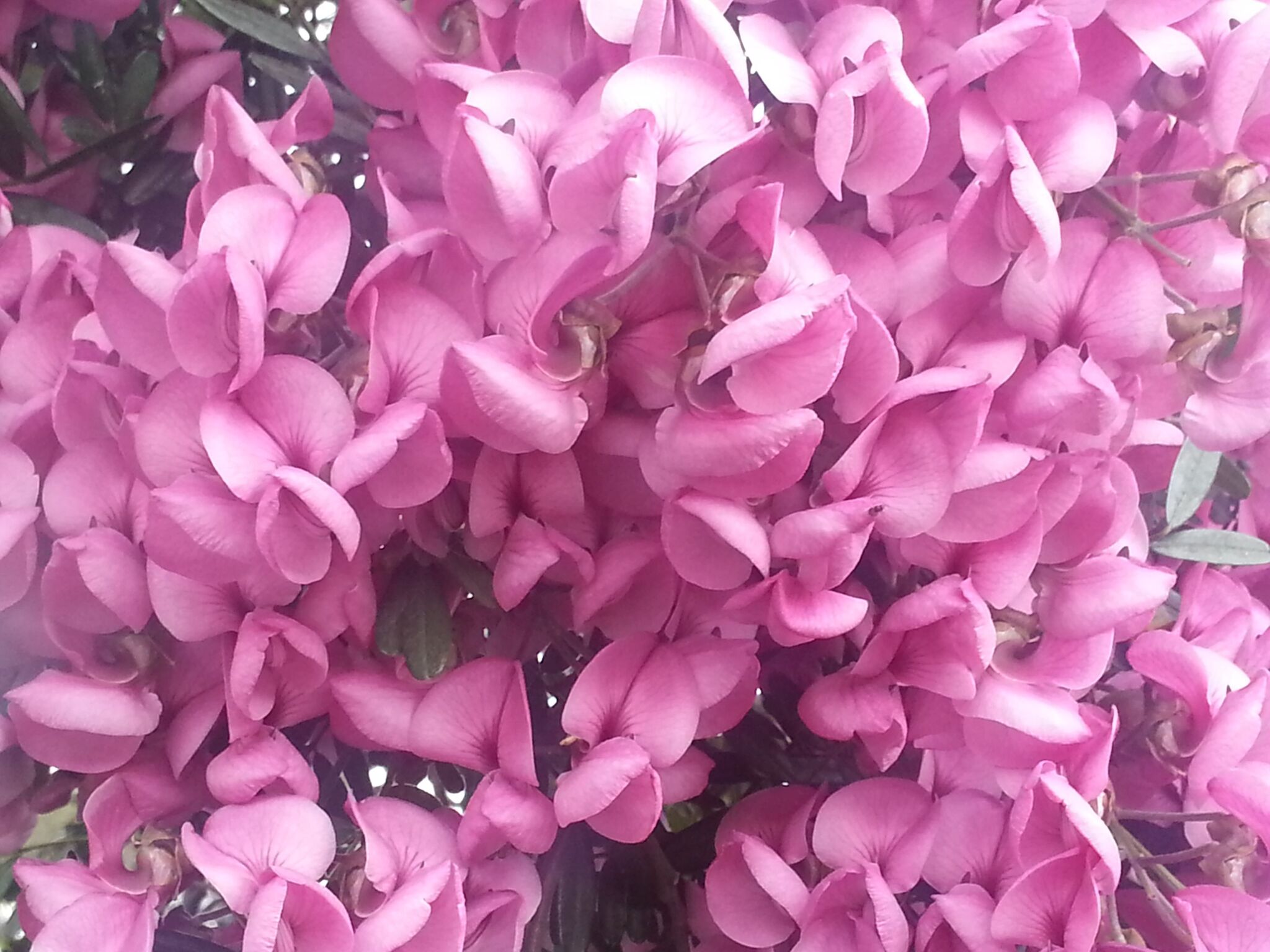
Commemorating the Roman poet,Virgil (70–19BC).
Evergreen trees with rough or smooth bark. Leaves alternate, compound, with a terminal leaflet, the leaflets with short, sharp points. Flowers in axillary clusters, prolific. Calyx with upper 2 lobes bent backwards. Standard bent back; stamens 10, united to form a tube. Fruit pod flattened, hairy, leathery and 2-valved; seeds ovoid, black.
Recent revision of this genus recognises two species, V. divaricata and V. oroboides (which has two subspecies). V. oroboides has mature leaflets that are densely soft-hairy below, while those of V. divaricata are soon hairless or with hairs on the midrib below only.
2 species from the Cape of S Africa.
Seed (treated), sometimes reaching full size in about 5 years.
Trees with violet to pink flowers and odd-pinnate leaves; stamens in a tube; 2 upper calyx lobes bent back.
van Wyk (1986).
Source: (2002). Fabaceae. In: . Horticultural Flora of South-eastern Australia. Volume 3. Flowering plants. Dicotyledons. Part 2. The identification of garden and cultivated plants. University of New South Wales Press.
